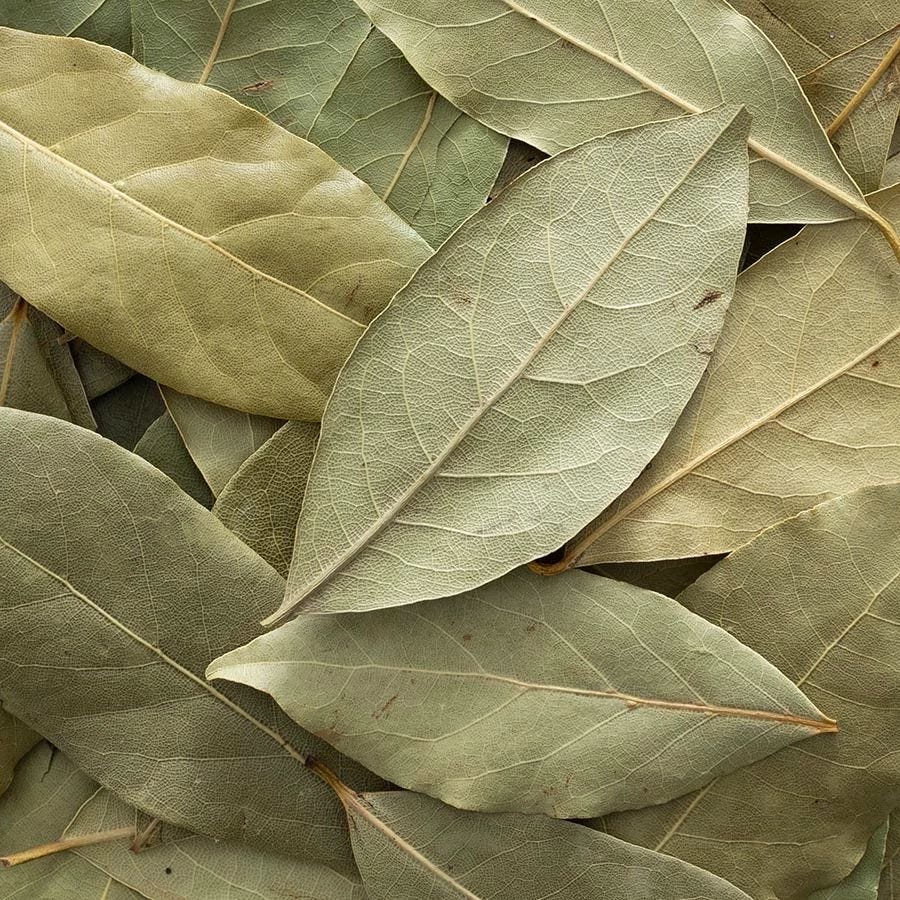Our Guide to the Best Bay Leaf Substitutes
If you're in need of a bay leaf substitute, look no further. In this article, we'll explore the best alternatives to bay leaves and how to use them in your cooking.
Bay leaves, with their distinctive aroma and subtle flavor, are a staple herb in many cuisines around the world. But what exactly are bay leaves? Originating from the Mediterranean region, bay leaves are the aromatic leaves of the bay laurel tree, prized for their ability to infuse dishes with a subtle herbal and floral note. They are commonly used in soups, stews, sauces, and braises to add depth and complexity to savory dishes.
While bay leaves are a popular ingredient, they may not always be readily available or suitable for certain recipes. In such cases, exploring bay leaf substitutes becomes essential to maintain the integrity of dishes while satisfying culinary cravings. Join us as we uncover some of the best bay leaf substitutes, offering viable options to capture its essence and elevate your dishes to new heights.
7 Bay Leaf Substitutes
- Thyme - With its earthy and slightly minty flavor, thyme serves as an excellent substitute for bay leaves in many recipes. Use thyme in soups, stews, and sauces to add depth and complexity to your dishes.
- Oregano - Known for its robust and slightly bitter flavor, oregano can mimic the herbal notes of bay leaves in certain dishes. Use dried oregano in Italian-inspired dishes like pasta sauces, pizzas, and roasted vegetables for a similar aromatic profile.
- Basil - With its sweet and slightly peppery flavor, basil offers a fresh and aromatic substitute for bay leaves in certain recipes. Use basil in tomato-based sauces, salads, and marinades to add a hint of herbal complexity to your dishes.
- Sage - With its savory and slightly bitter flavor, sage can complement savory dishes as a substitute for bay leaves. Use sage in meat dishes, stuffing, and bean soups for a rich and aromatic flavor profile.
- Marjoram - Similar in flavor to oregano but milder, marjoram can serve as a subtle substitute for bay leaves in certain recipes. Use dried marjoram in sauces, marinades, and herb blends to add a delicate herbal note to your dishes.
- Allspice - Allspice is a spice made from the dried berries of the Pimenta dioica plant. It has a complex flavor that is often described as a combination of cinnamon, nutmeg, and cloves. Use 1/4 teaspoon of ground allspice for every 2 bay leaves in a recipe.
- Juniper Berries - Made from the dried fruit of the juniper tree, juniper berries are commonly used in European and Scandinavian cuisine. They have a slightly piney and citrusy flavor that can add depth to dishes. Use 1/4 teaspoon of crushed juniper berries for every 2 bay leaves in a recipe.
Tips for Successful Substitutions
When substituting bay leaves in your recipes, consider the following tips to ensure a seamless transition while maintaining the intended flavors:
Experiment with Flavors
Experiment with different herbs and spices to create depth and complexity in your dishes. Blend multiple substitutes together to mimic the flavor profile of bay leaves. For example, combine thyme with oregano and sage for a savory and aromatic herb blend that enhances the taste of soups and stews.
Adjust Quantities
Adjust the quantities of substitutes to achieve the desired flavor profile in your dishes. Start by adding a small amount of the substitute and gradually increase it to taste. Keep in mind that some substitutes may have a stronger flavor than others, so adjust accordingly.
Consider Culinary Applications
Consider how the substitute will complement the overall flavor profile and culinary style of your recipe. Choose substitutes that align with the dish's flavor profile and cooking method. For example, oregano's robust flavor pairs well with Italian-inspired dishes, while sage's savory notes complement meat-based dishes.
By incorporating these tips into your cooking process, you can confidently explore bay leaf substitutes and discover exciting new flavors and combinations that elevate your culinary creations to new heights. Whether you're blending herbs for a soup, adjusting quantities for a sauce, or considering different culinary applications, creativity and experimentation will lead to delicious and satisfying results.
























